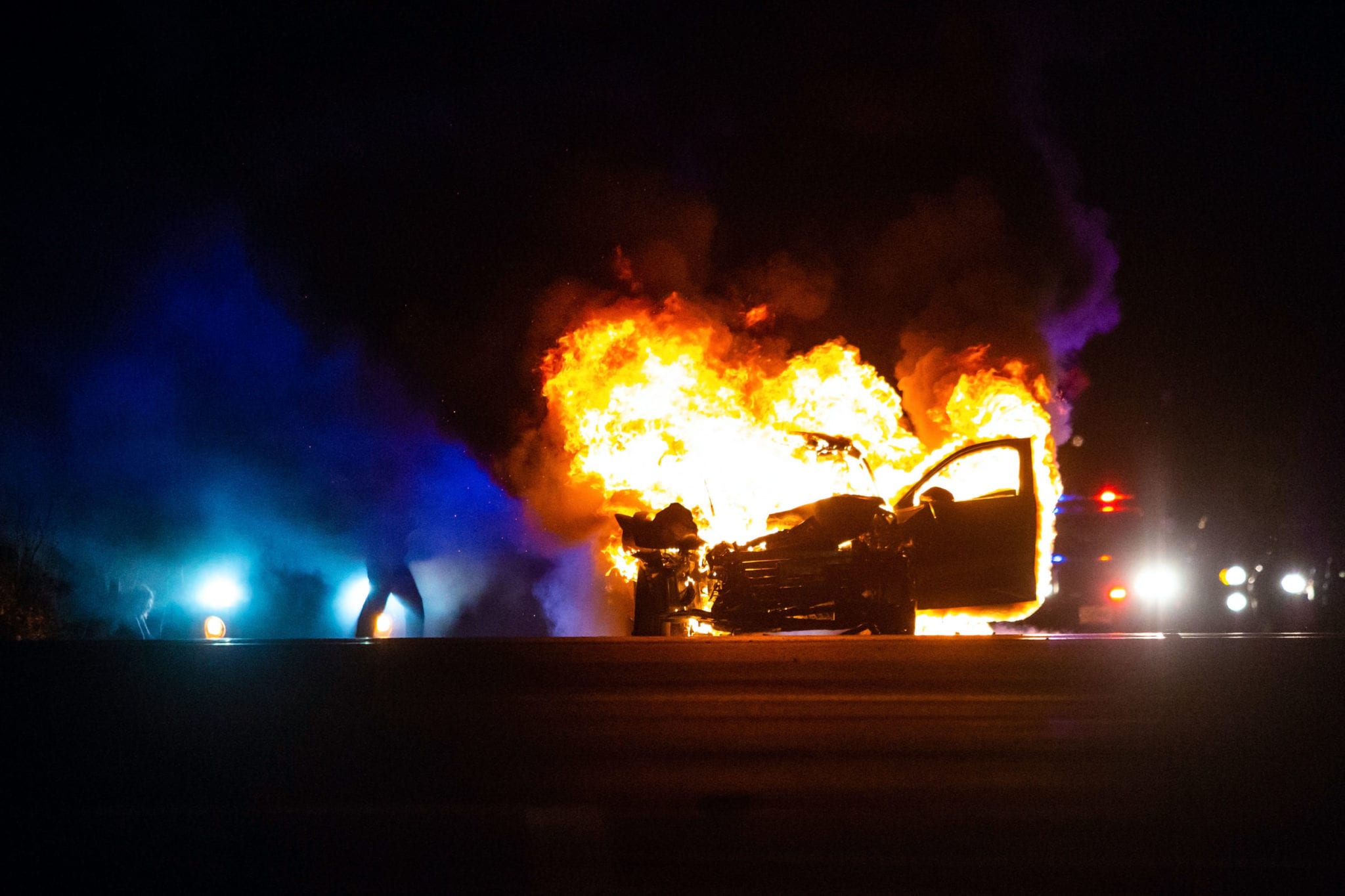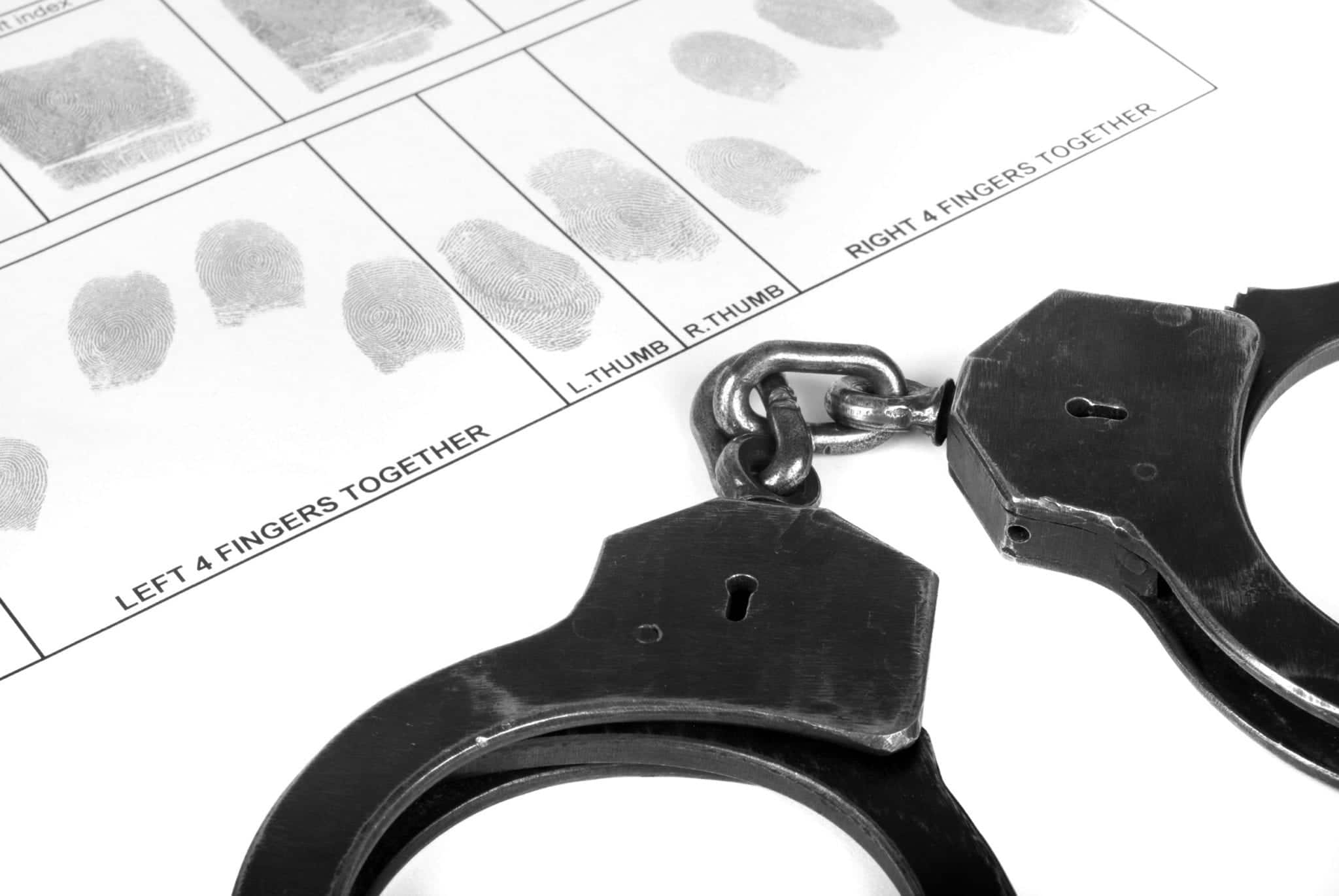The term arson can conjure a lot of thoughts in people’s minds. You think of someone setting their home or business ablaze for the insurance money or deliberately causing a forest on fire.
In Massachusetts recently, a man was accused of burning hay bales with Biden/Harris campaign signage on them. As a result, he is being held without bail for purposefully setting fire to the display and charged with burning personal property.
Where he’s from in Massachusetts, this could result in jail time for up to three years and involve fines up to $500.
While this case involves deliberate fire-setting, you might be surprised to find out that crimes with fire don’t always require intent or even large pieces of property to be charged in Minnesota.
The Degrees of Arson in Minnesota
Here, arson is considered a serious crime, and penalties are often much harsher than in Massachusetts. In this state, the law separates arson crimes by five degrees. Learn below what you need to know about each of them.
First Degree Felony Arson
This is charged in three situations:
- Intentionally destroying or damaging a dwelling or buildings appurtenant to a dwelling with explosives or a fire
- Intentionally destroying or damaging a building using explosives or fire when you know someone is inside
- Intentionally destroying or damaging a building using flammable material
If found guilty, then you can be sentenced to between 20 years in prison and fines between $20,000 and $35,000.
Second Degree Felony Arson
There are two situations in which second-degree felony arson can be charged. They are when someone intentionally:
- Damages or destroys a building not included under the provisions for first-degree arson under the law with fire or explosives
- Destroys or damages property valued at over $1,000 with explosives or fire
If found guilty, then you can spend up to 10 years in prison and be fined up to $20,000.
Third Degree Felony Arson
Third-degree felony arson can be charged when:
- Property is damaged or destroyed intentionally that is valued at less than $1,000 but more than $300
- Fire or explosives are used to damage or destroy property valued at over $300 unintentionally but the damage was reasonably foreseeable
- A combination of the first two scenarios with a value assigned to the property over $300
If convicted of third-degree arson, the punishment is up to five years in prison and fines up to $10,000. This is likely what the example of the Biden/Harris hay bale arsonist would have been charged with if the crime had occurred in Minnesota instead of Massachusetts.
Fourth Degree Misdemeanor Arson
Arson in the fourth degree is a gross misdemeanor. It is charged when fire or explosives are used to intentionally burn or cause harm to personal property in a public building or multi-unit building. It is punishable by up to one year in jail and fines up to $3,000.
Fifth Degree Misdemeanor Arson
To burn or cause to be burned any property of value with explosives or fire is considered fifth-degree misdemeanor arson. It is punishable by up to three months in jail and fines up to $1,000.
Federal Felony Arson
While this isn’t a Minnesota arson law, it is one that people should be aware of. Federal felony arson is when someone maliciously and willfully sets fires to a structure, building, or other items. It is punishable by up to 25 years in federal prison and fines.
About the Author:
Christopher Keyser is an AV-Preeminent rated criminal and DWI defense attorney based in Minneapolis who is known for fighting aggressively for his clients and utilizing innovative tactics to get the most positive results. He has been featured in numerous media outlets due to the breadth and depth of his knowledge and named a Certified Specialist in Criminal Law by the Minnesota Bar Association. Mr. Keyser is Lead Counsel rated, and he has received recognition for his criminal law work from Avvo, Expertise, Super Lawyers, The National Trial Lawyers, and more.







